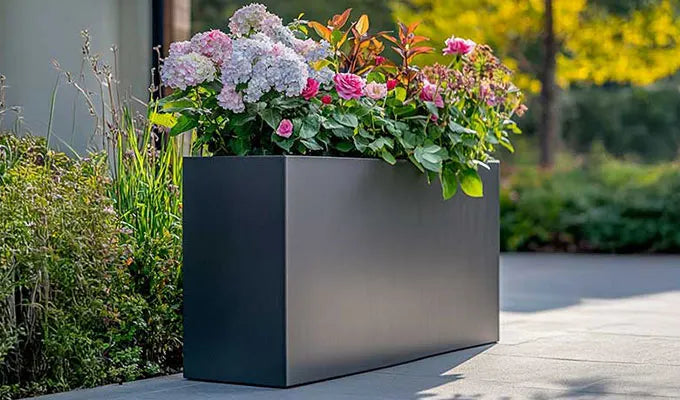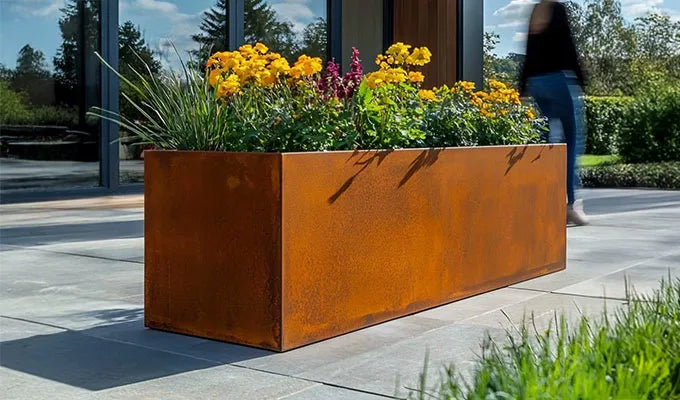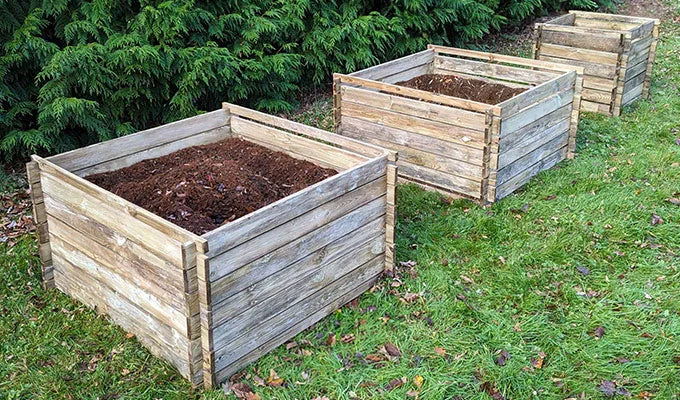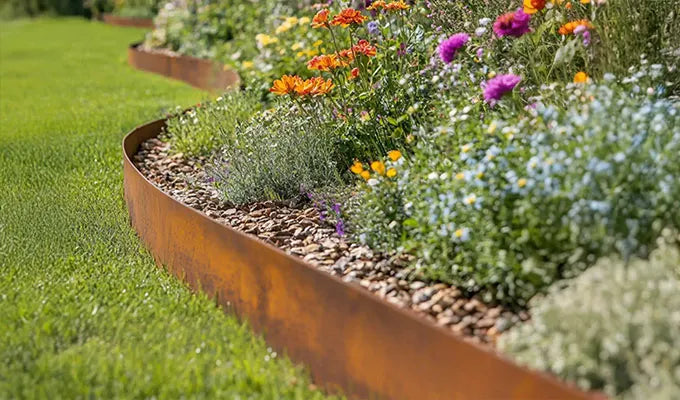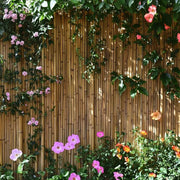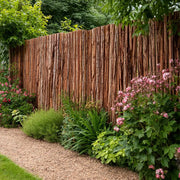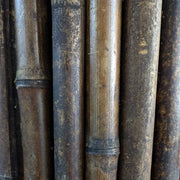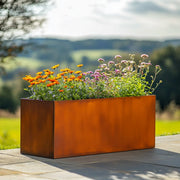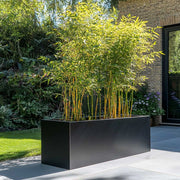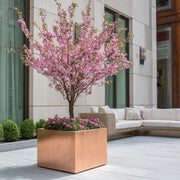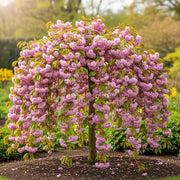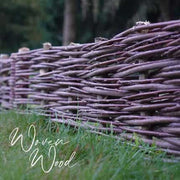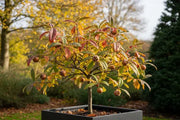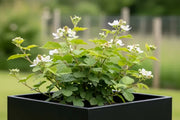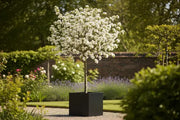The Medlar: A Forgotten Fruit's Delightful Revival
The Medlar, a charming and somewhat eccentric fruit tree, is experiencing a quiet renaissance in British gardens, offering both ornamental appeal and unique, delicious fruit perfectly suited to our temperate climate. Once a staple of medieval orchards, its resurgence is a testament to its hardiness and distinctive character.
Growing a Medlar tree in the UK is remarkably straightforward. These deciduous trees thrive in a variety of soils, though they prefer a well-drained, fertile loam. They are remarkably unfussy about pH but will benefit from neutral to slightly acidic conditions. Plant them in a position that receives full sun for optimal fruit production, though they will tolerate partial shade, albeit with a reduced yield. They are exceptionally hardy, shrugging off typical British winters with ease, making them an excellent choice for a long-lived garden feature. Regular watering is crucial during their establishment phase, and throughout dry spells, especially for younger trees.
For those with limited space, or who simply wish to enjoy the Medlar’s beauty closer to the home, they perform admirably in planters. Choose a substantial container, ideally at least 50-60 litres in capacity, to accommodate their root system as they mature. A good quality, peat-free John Innes No. 3 compost, mixed with some organic matter, provides the ideal growing medium. Container-grown Medlars will require more diligent watering than those in the ground, particularly during warmer months, and will benefit from a balanced liquid feed every few weeks during the growing season to support both foliage and fruit development.
The Medlar’s ornamental value is particularly evident in late spring, typically May or early June, when it bursts forth with exquisite, solitary white or pale pink flowers. These large, five-petalled blossoms are reminiscent of wild roses and are often framed by downy, ovate leaves, creating a beautiful display before the fruit sets. The fruit, resembling a large russet apple or rosehip, begins to ripen in autumn.
It is usually ready for harvest from late October through November, ideally after the first hard frosts, which aid in the crucial process known as bletting. Bletting is what makes the Medlar truly unique. Unlike most fruits that are eaten crisp, Medlars are harvested firm and then allowed to soften and ripen further off the tree. This process turns the flesh into a soft, brown, apple-sauce-like consistency with a distinctively sweet, tangy, and slightly spicy flavour, often compared to spiced applesauce, wine, or even caramel. You can blet the fruits by laying them out on straw or newspaper in a cool, airy room until they yield to gentle pressure. Once bletted, they can be spooned straight from their leathery skin, or used in delightful jams, jellies, fruit cheeses, or even Medlar 'cheese' (a firm fruit paste). Their robust nature means they generally suffer from few pests or diseases, requiring only minimal pruning to maintain shape or remove any dead or crossing branches.
Embracing the Medlar is to embrace a piece of horticultural heritage, bringing a distinct charm and a unique, delectable fruit back into the modern English garden.

